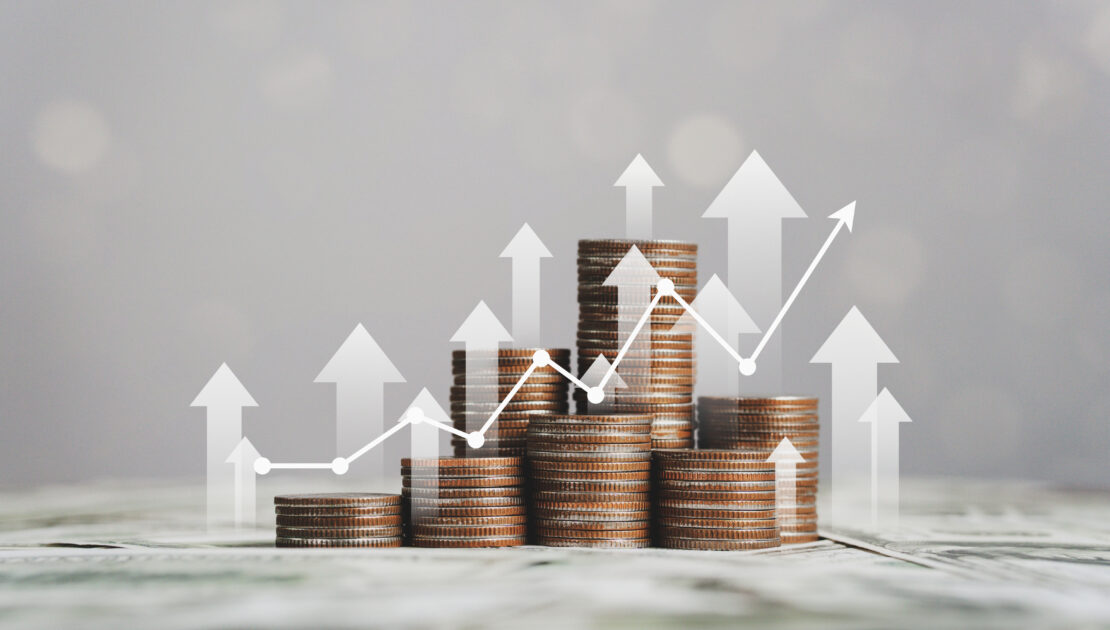Inflation Cooled Further in June

The U.S. Bureau of Labor Statistics reported that the consumer price index (CPI) rose 3% year over year in June, declining from 3.3% in May. This is the first time since May 2020 that the monthly rate has shown a decrease.
The “core” CPI, which strips out the unpredictable food and energy components, increased 0.1% in June from May and 3.3% annually, which closely matched projections of 0.2% and 3.4%, respectively. This is the lowest the core CPI has been since April 2021.
June prices were driven by falling gas prices and a drop in new and used car prices. Prices have also deflated for a range of items like physical goods, airfare, gasoline and some groceries. While Fed policymakers target inflation at 2% annually, the June CPI report further proves that the price trend is headed in the right direction.
The real average hourly earnings increased 0.4% in June when adjusted for inflation and increased just 0.8% over the past year. The Federal Reserve (Fed) wants labor demand to drop faster to reduce the upward pressure on wages that contribute to high inflation.
What’s Next?
The monthly inflation rate dipped in June for the first time in more than four years, further supporting the Fed’s decision to start lowering interest rates later this year.
Consumers may have found mild relief in June, but inflation continues to apply financial pressures on most U.S. households. Individuals should continue to monitor the economy and associated inflation trends, adjusting their financial habits accordingly. Employees should check with their managers for financial and mental wellness benefits and related resources.
We will keep you updated with any notable changes.
Article Published By: Zywave, Inc.
